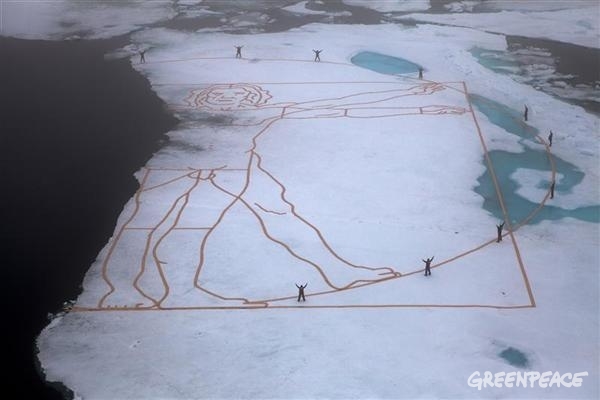
IEA acknowledges fossil fuel reserves climate crunch
 The International Energy Agency released its annual flagship publication today, the World Energy Outlook. The IEA made an historic statement in the executive summary.
The International Energy Agency released its annual flagship publication today, the World Energy Outlook. The IEA made an historic statement in the executive summary.
It said, “No more than one-third of proven reserves of fossil fuels can be consumed prior to 2050 if the world is to achieve the 2 °C goal”, the internationally recognized limit to average global warming in order to prevent catastrophic climate change.
Let me rephrase that. Over two-thirds of today’s proven reserves of fossil fuels need to still be in the ground in 2050 in order to prevent catastrophic levels of climate change.
We congratulate the IEA for recognizing this crucial point and encourage the organization to prioritize this message in its presentations and public messaging. It is especially important given that the world’s fossil fuel industry is working overtime to increase its proven reserve base.
Let’s take the Canadian tar sands industry as an example. As the chart below shows, the tar sands industry has enough projects producing, under construction and approved to blow well past the climate limits prescribed by the IEA. Nevertheless even more projects are lined up for regulatory approval leading to a possible trebling of production capacity over and above the IEA limit.

Globally, the oil industry as a whole is also lining up enough production capacity to cook the climate several times over.
According to one analysis, there could be as much as 110.6 million barrels of oil production capacity in 2020, while the IEA says that less than 90 million b/d is plenty, see the chart below.
That the IEA acknowledges the constraints on commercializing the world’s proven reserves is helpful, as the agency has a huge influence on global energy policy, particularly in the developed countries of the OECD, where the greatest per-capita consumption is concentrated.
But there is cause for even more caution over fossil fuel reserves than even this suggests.
The IEA’s calculations are based on having a 50% chance of constraining climate change to less than 2 degrees (C). Given that today the world’s climate is warmer by about 0.8 degrees (C) and we are already seeing some intense impacts, including record losses of Arctic sea ice, we may want to do more to ensure we stay below 2 degrees.
Last year, the London based Carbon Tracker Initiative calculated the proportion of proven fossil fuel reserves that could be consumed to have an 80% chance of hitting the 2 degree target. A target which I think many of us would be more comfortable with than one that basically gives us a 50/50 chance of failure. They found that proven reserves are five times over this limit. So some 80% of those reserves would need to stay in the ground.
This is a crucial conversation that needs to be had and we are glad the IEA is starting to engage in it. Especially as high energy prices are enabling new technologies to open up ever more reserves.
The IEA states in another section of the report that discusses the North American oil boom, a subject we will explore in a subsequent blog, that the fracking boom has enabled access to an additional 250 billion barrels of recoverable oil globally that was not in the IEA’s reserves figures in last year’s report.
It is clearly time for a coherent energy policy that keeps some fossil fuels in the ground.
Want to tell the President we can’t afford an All of the Above energy plan in light of this news? Sign our petition here.

